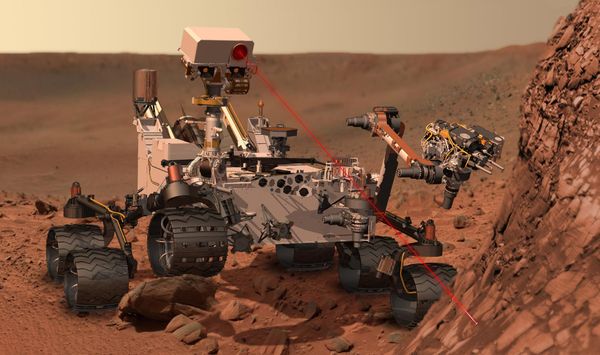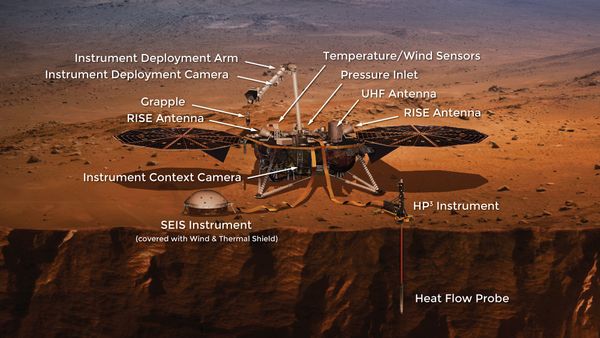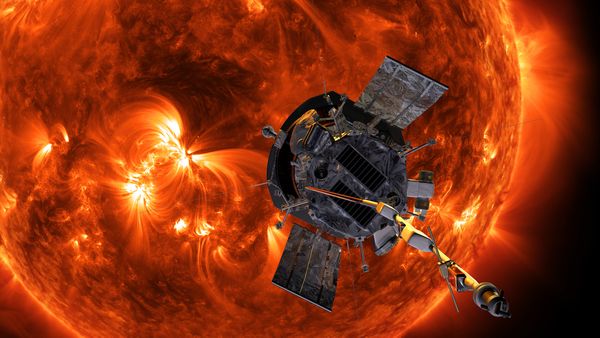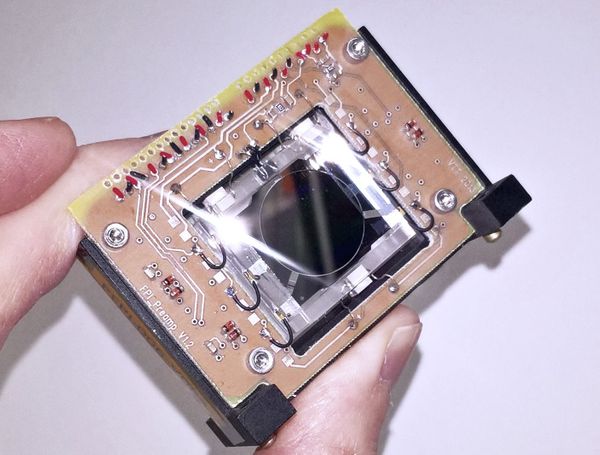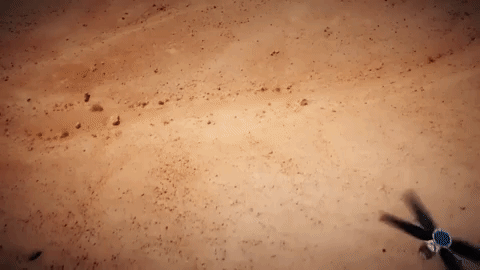If you're like me, you get daily updates in your feed on new space missions, interesting science results, announcements from NASA to New Space, and of course Elon's tweets. But at the core of the headlines and press releases is thousands of hardworking scientists and engineers making our dreams of space exploration a reality.
The latest in aerospace research is published monthly in academic journals and conference proceedings, like many of the papers we've linked to in past articles on the SPEXcast blog, but not all publications are available for free. If you work or study in a STEM field, I recommend asking your employer about a subscription. Students often get discounts, too!
In the meantime, I've found four research articles published in the last few months in journals under the American Institute of Aeronautics and Astronautics (AIAA) that are freely available to the public.[1] As always, I encourage you to read these papers on your own, and don't forget to follow the references.
European students set records with a hybrid rocket
M. Kobald, U. Fischer, K. Tomilin, A. Petrarolo, and C. Schmierer. "Hybrid Experimental Rocket Stuttgart: A Low-Cost Technology Demonstrator", Journal of Spacecraft and Rockets, Vol. 55, No. 2 (2018), pp. 484-500.
Students at the University of Stuttgart have been working on their Hybrid Engine Development (HyEnD) project since 2006, and began collaborating with the German Space Agency (DLR) since 2012 under the project called Studentische Experimentalraketen, or student experimental rockets (STERN). This paper centers around the design, development, and flight data for the HEROS 3 hybrid sounding rocket launched by STERN in late 2016.
The third hybrid experimental rocket from Stuttgart, HEROS 3, was intended to demonstrate low cost, state-of-the-art hybrid rocket propulsion. The engine was designed to burn liquid nitrous oxide (oxidizer) with solid paraffin wax (fuel) for 10 kN of thrust. Since nitrous oxide is self-pressurizing, no pumps are needed to maintain pressurization. The oxidizer tank and main rocket structure were constructed primarily of carbon fiber composites. Custom electronics and telemetry systems downlinked flight data to ground support systems at launch.
The HEROS 3 test flight exceeded expectations, reaching an altitude of 32,000m at apogee (design target was at least 20,000m) and setting a new altitude record for amateur and student hybrid rockets. Moreover, the flight data tightly agreed with pre-flight simulations.
AFRL simulates a SmallSat equipped with solar sails for cleaning up space junk
Patrick W. Kelly, Riccardo Bevilacqua, Leonel Mazal, and Richard S. Erwin. "TugSat: Removing Space Debris from Geostationary Orbits Using Solar Sails", Journal of Spacecraft and Rockets, Vol. 55, No. 2 (2018), pp. 437-450.
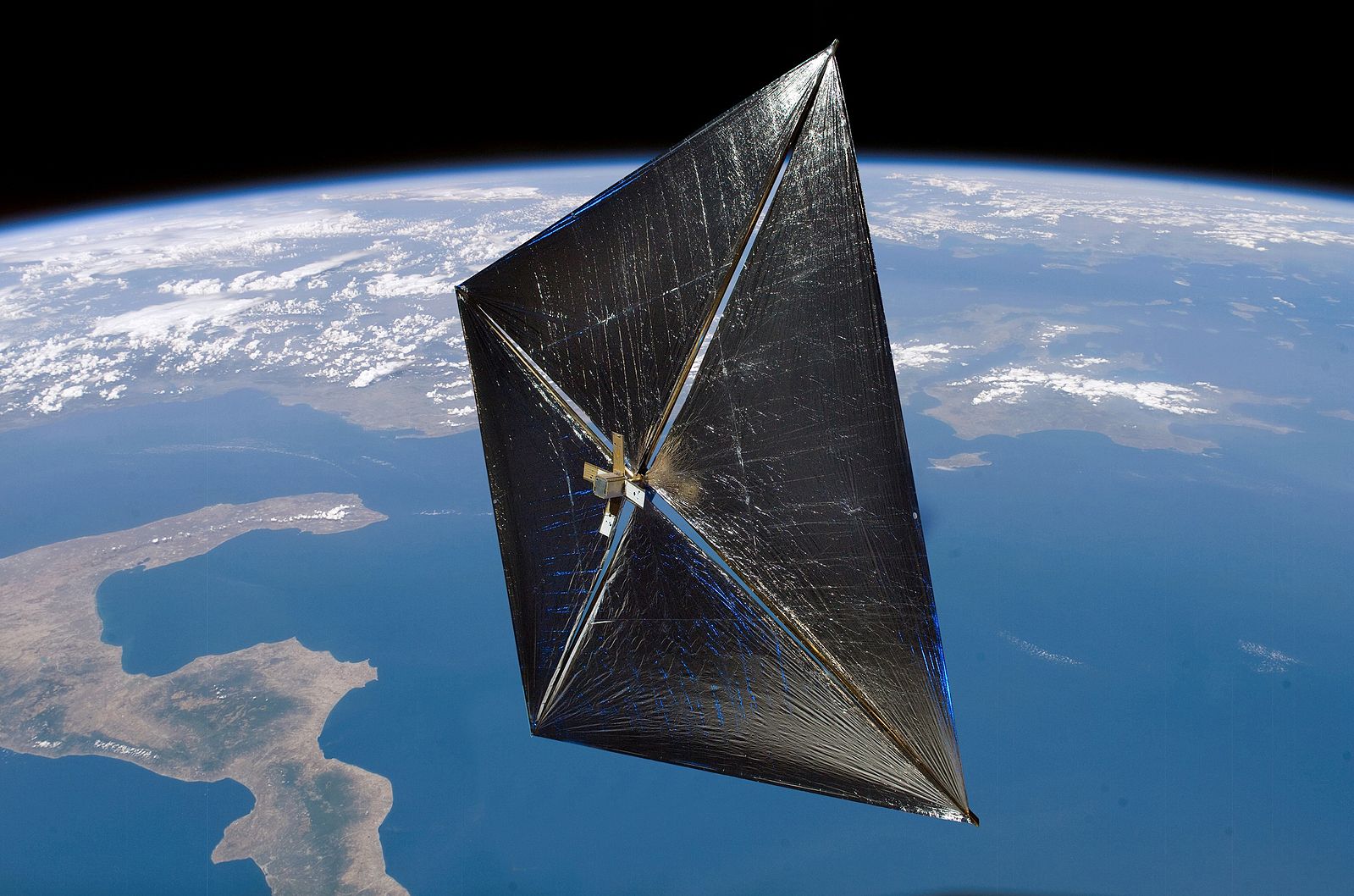
NanoSail-D in orbit. Cubesat solar sails have slowly been entering the mainstream. Source: Wikipedia
Last month the Air Force Research Laboratory (AFRL) published their findings from simulating a CubeSat mission, called TugSat, designed to deorbit satellites on the order of 1000kg from geostationary orbit (GEO) without the use of standard propulsion systems.
With access to space becoming ever more reachable for the masses, the rise of SmallSats, and massive satellite constellations in development and on orbit, the threat of space debris looms overhead. Space debris, or space junk, is the name given to small, uncontrolled objects orbiting the Earth. Remember, for an object to stay in orbit it is travelling at unimaginable speeds. In 2016, a rogue fleck of paint put a 7mm chip in a window of the International Space Station. Space junk includes large objects like defunct and inoperable satellites, which pose even greater threats to future missions.
This paper outlines a simulation of TugSat, a 50kg satellite equipped with an 800m2 solar sail, on a mission to deorbit a 1000kg payload (dead satellite) within the GEO belt (32,786km +/- 200km). Once TugSat attaches itself to the payload, it uses the solar sail to raise the semimajor axis of the pair of satellites by 350km. For the payload, this course is terminal. But once TugSat completes the maneuver, it detaches from the payload and maneuvers to a safe GEO orbit, ready to rendezvous with its next target. The simulation was conducted using a 50kg nominal mass for TugSat, but the authors claim that this type of mission is feasible with a 6U CubeSat given the potential delta-V using solar radiation pressure.
This paper is math-heavy and focuses on developing the analytical approach to pulling off such a mission. An excellent read for orbital mechanics enthusiasts or those of you looking for Kerbal Space Program mission ideas.
MIT researchers use big data to develop spacecraft fault-detection algorithms from telemetry
Ashley Carlton, Rachel Morgan, Whitney Lohmeyer, and Kerri Cahoy. "Telemetry Fault-Detection Algorithms: Applications for Spacecraft Monitoring and Space Environment Sensing", Journal of Aerospace Information Systems, Vol. 15, No. 5 (2018), pp. 239-252.
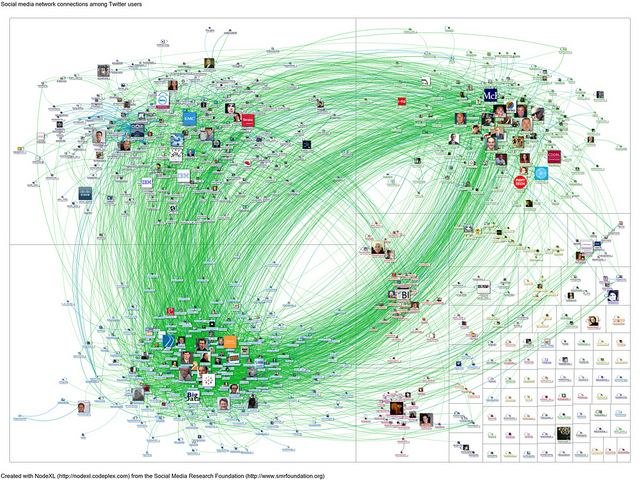
Big Data is becoming an ever more popular buzzword. These are the connections among the Twitter users who recently tweeted the word bigdata when queried on February 27, 2012. Relational graphs like these form the foundation of some machine learning approaches. Source: Flickr
Big data! I've been looking forward to this kind of research. A team at MIT developed an algorithm for detecting unusual events from streams of satellite telemetry.
Fault-detection is very important for operating a spacecraft since you can't repair something if it breaks. If you detect a problem, or anomalies that could become a problem, before they do major damage, failures could be reduced or avoided. Fault-detection is difficult in space for the same reason it is needed--if a part dies, it's almost impossible to know why for certain. The first step in detecting or predicting failures is to detect anything at all from system telemetry.
At MIT, this group looked at data from 32 communications satellites between 1991 and 2015 to detect "events" that could be verified in the mission logs. The algorithm looks at telemetry streams for any subsystem and identifies unusual events in the stream. Telemetry from many subsystems can be processed simultaneously, which can help identify higher-level events that affect multiple systems on the spacecraft. The goal was to detect events at the component, subsystem, system and environment levels.
This research appears to be in the preliminary phases, but shows serious potential. If you're at all interested in data processing or machine learning, be sure to check out this paper.
Univ. of Athens conducts trade studies & benchmarks for future embedded computers in space
George Lentaris, Konstantinos Maragos, Ioannis Stratakos, Lazaros Papadopoulos, Odysseas Papanikolaou, Dimitrios Soudris, Manolis Lourakis, Xenophon Zabulis, David Gonzalez-Arjona, and Gianluca Furano. "High-Performance Embedded Computing in Space: Evaluation of Platforms for Vision-Based Navigation", Journal of Aerospace Information Systems, Vol. 15, No. 4 (2018), pp. 178-192.
Photo by Nicolas Thomas / Unsplash
Computer vision or vision-based navigation is on the bleeding edge of technology these days, from self-driving cars to Mars rovers. Algorithm development is steaming ahead but the capabilities of a space-based system using computer vision are largely limited by its hardware. A group at the University of Athens in Greece conducted a trade study of commercial off-the-shelf (COTS) electronics that make sense for use in space missions.
Space environments are harsh for every subsystem on a spacecraft. The main dangers for electronics in particular are thermal cycling between extreme temperatures, high levels of ionizing radiation, and intense vibrations at launch. As we know with CubeSat hardware and even recent interplanetary missions, there are COTS components on the market that can handle space conditions. But which components work best, and the limits of their performance, is usually the kind of data that finds its way into an engineer's spreadsheet after hours of digging through component spec sheets.
This paper aggregates data on a number of electronics components and processors that make sense for use with computer vision systems in a space environment. The team considers the performance of each system and its tolerance to different conditions, with a ton of benchmarking and analysis for good measure.
If you're working in space mission design (hypothetical or real), this is a must-read when weighing your options for space-borne electronics.
Look for the "Open access" marker on AIAA journal articles that can be viewed without a subscription. ↩︎




